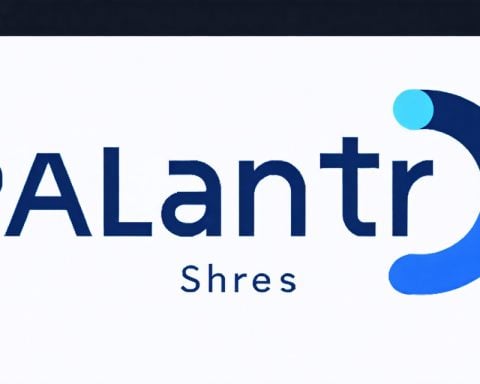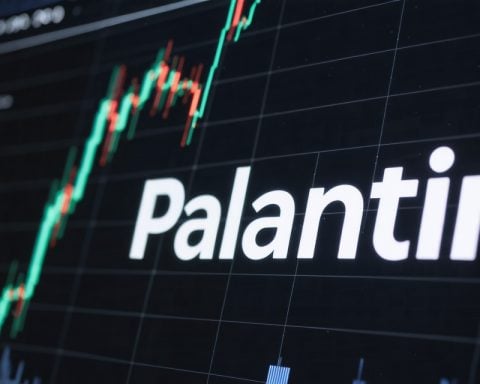SK hynix, the South Korean semiconductor company, is set to enhance its collaboration with NVIDIA and TSMC in order to shape the future of AI GPUs and next-generation HBM4 memory. The company’s president, Kim Joo-sun, will deliver a keynote speech at the CEO Summit of SEMICON Taiwan on September 4, marking SK hynix’s substantial involvement in the event.
SEMICON Taiwan is a significant gathering for the semiconductor industry, attracting around 1,000 companies. The event provides a platform for companies like TSMC to showcase their latest semiconductor equipment and technologies while fostering new connections and reinforcing existing partnerships.
During his keynote speech, President Kim Joo-sun is expected to engage in discussions with TSMC executives regarding their plans for next-generation HBM collaboration. Moreover, there are indications of a potential roundtable discussion between SK hynix, TSMC, and NVIDIA CEO Jensen Huang. This interaction aims to further solidify the existing “triangular alliance” between the three companies.
Rumors have been circulating that SK hynix and TSMC will join forces for the development of HBM4 memory, and if Jensen Huang indeed attends the event, the “triangular alliance” is poised to dominate the proceedings at SEMICON Taiwan on September 4.
SK hynix holds a critical role as a close partner in NVIDIA’s dominance in the AI GPU market. Their collaboration with TSMC on the production of HBM4 memory, set to commence mass production in 2026, is of crucial importance. NVIDIA intends to utilize the HBM4 memory in their upcoming Rubin R100 AI GPU, further solidifying the strategic alliance between the three companies.
With SK hynix’s active participation at SEMICON Taiwan, anticipation runs high for the future advancements in AI GPUs and HBM4 memory, as this alliance paves the way for innovative solutions in the semiconductor industry.
Additional relevant facts:
1. SK hynix is one of the world’s largest producers of memory chips, including DRAM and NAND flash memory. They have a strong presence in the global semiconductor market.
2. NVIDIA is a leading company in AI computing and has a dominant market share in AI GPUs. Their GPUs are widely used in various applications such as gaming, data centers, and self-driving cars.
3. TSMC (Taiwan Semiconductor Manufacturing Company) is the world’s largest semiconductor foundry, responsible for manufacturing chips for various companies, including NVIDIA. They are known for their advanced semiconductor manufacturing processes.
Most important questions and answers:
1. What is the significance of SK hynix’s collaboration with NVIDIA and TSMC?
The collaboration between SK hynix, NVIDIA, and TSMC is crucial for the development of AI GPUs and HBM4 memory. It strengthens the strategic alliance between the companies and ensures a steady supply of high-performance memory solutions for future AI technologies.
2. How does HBM4 memory benefit AI GPUs?
HBM4 memory (High Bandwidth Memory) offers increased bandwidth and power efficiency compared to traditional memory technologies. This enhances the performance of AI GPUs, enabling faster data processing and improved AI algorithms.
Key challenges or controversies:
1. Development timeline: The mass production of HBM4 memory is set to begin in 2026. Meeting the expected timeline and ensuring the successful development of the technology can be a challenge.
2. Market competition: Other semiconductor companies may also be working on similar technologies, posing competition to the strategic alliance between SK hynix, NVIDIA, and TSMC.
Advantages and disadvantages:
Advantages:
– Strong collaboration between industry leaders: The alliance between SK hynix, NVIDIA, and TSMC brings together expertise and resources, allowing for the development of cutting-edge AI GPUs and memory solutions.
– Technological advancements: The development of HBM4 memory and future AI GPUs can significantly enhance AI computing performance, enabling new applications and innovations.
Disadvantages:
– Limited diversification: Depending heavily on a close collaboration between a few companies can lead to a lack of technological diversity, potentially hindering the growth of the semiconductor industry.
Suggested related links:
– SK hynix official website
– NVIDIA official website
– TSMC official website


















